

Shane O'Donoghue
2026 Nissan Leaf review: Quick drive
Pros
- Step up in refinement, quality
- Smooth driving manners
- Stylish design
Cons
- Not massive inside
- Likely to be more expensive
- No rear window wiper
4 Months Ago
The new Nissan Leaf is a Small Luxury offered in a 5D Hatchback body style. Available in Australia from $50,990 (MLRP, excl. on-roads) for the Base variant and topping out at $61,490 for the E+.
There are 2 variants of the Leaf available in Australia and this generation went on sale in April of 2022.
The Nissan Leaf is only available with an electric motor that produces 110kW and 320Nm of torque. All variants feature front-wheel drive.
The new 2023 Leaf is offered with a 5 year, unlimited km warranty.
Retail Price
Transmission
Single-Speed Auto
Driven Wheels
Front
Fuel Type
Electric
Body Types
Hatchback
Powertrain Type
Electric
View 2 images
Retail Price
Transmission
Single-Speed Auto
Driven Wheels
Front
Fuel Type
Electric
Body Types
Hatchback
Powertrain Type
Electric
No Expert reviews
Check back soon for our take
CarExpert does the hard work to get you the best price. No negotiating, no hidden costs, just expert help and real savings on your next new car.
Engine specs, power, and efficiency
Drive Feel: Steering, Suspension, Ride Quality
Strength, stability, and off-road performance
Design, size, and presence on the road
Comfort, tech, and convenience inside
Infotainment, connectivity, and smart features
Protection, prevention, and alerts
Coverage, maintenance, and peace of mind
The Nissan Leaf comes in a variety of variants with the cheapest being Base and the most expensive being e+.


Shane O'Donoghue
4 Months Ago
Quickly see how the Nissan Leaf stacks up against its competition.
Select any benchmark to see more details.
Where expert car reviews meet expert car buying – CarExpert gives you trusted advice, personalised service and real savings on your next new car.
| Specification | Measurement |
|---|---|
| Overall Length | 4,490 mm |
| Overall Width | 1,788 mm |
| Overall Width (Inc Mirror) | 2,030 mm |
| Overall Height | 1,530 mm |
| Wheelbase | 2,700 mm |
| Turning Circle | 11,000 mm |
| Load Capacity | 394 mm |
Dimensions in this table show the minimum and maximum values of all variants for this vehicle.
Our Nissan Leaf Exterior and Dimensions Page has every measurement you need to know exactly how this vehicle will fit your driving, garage, or work needs.
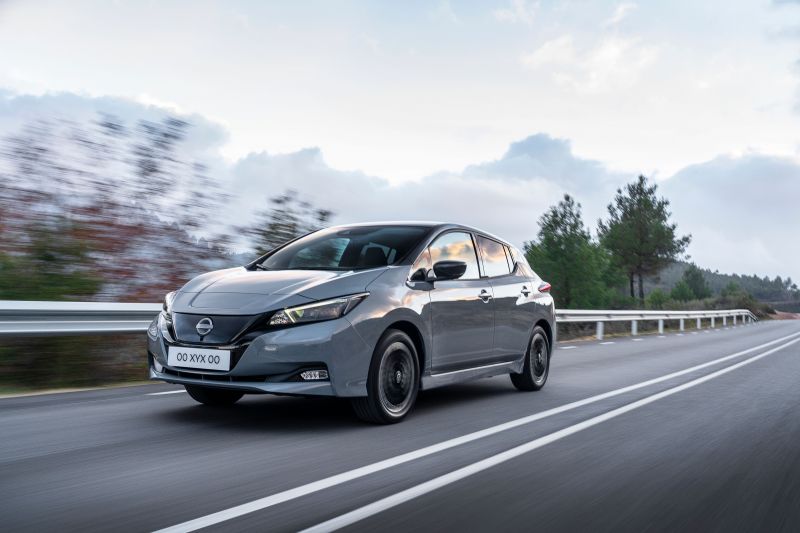
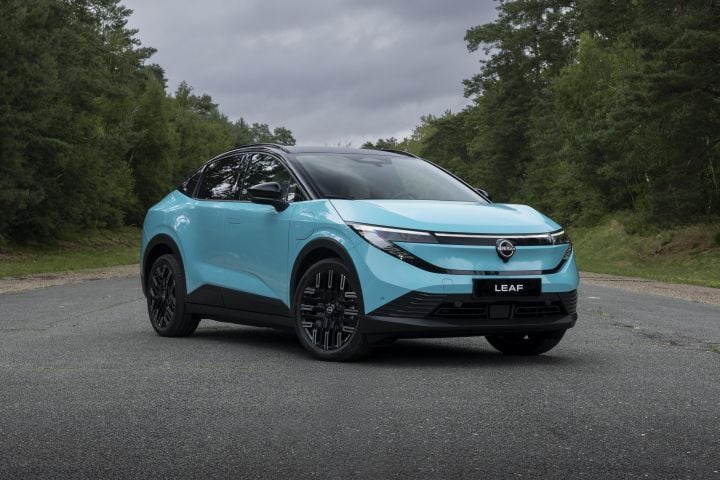
Nissan Leaf
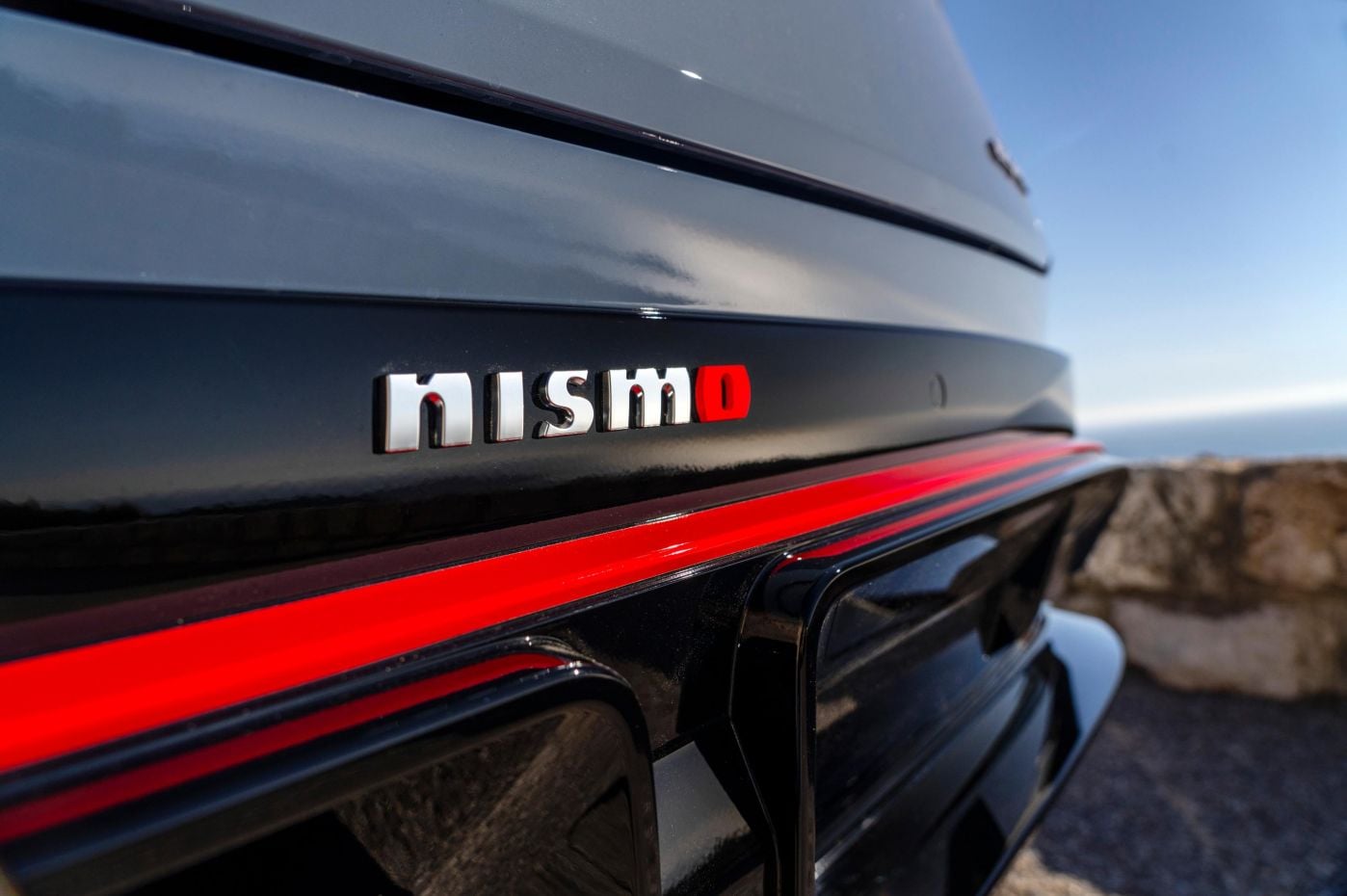

Damion Smy
3 Months Ago
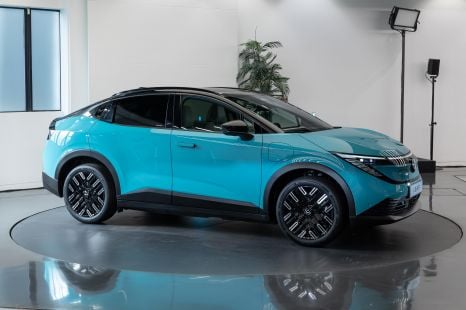

Neil Briscoe
6 Months Ago
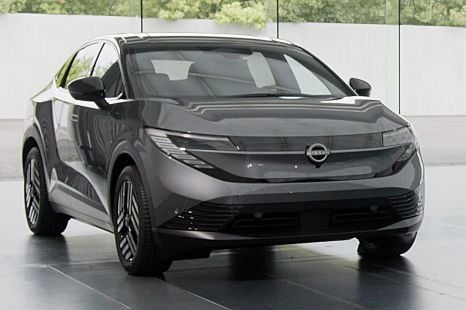

Derek Fung
7 Months Ago
Where expert car reviews meet expert car buying – CarExpert gives you trusted advice, personalised service and real savings on your next new car.
Nissan Leaf
The cheapest Nissan Leaf is the Base that starts from $50,990.
See all Nissan Leaf PricingThe most expensive Nissan Leaf is the e+ that starts from $61,490.
See all Nissan Leaf PricingThe best towing capacity of a Nissan Leaf is null kg offered by the following variants: Base and e+.
See all Nissan Leaf towing capacityThe largest Nissan Leaf is the Base which measures 1788mm wide, 4490mm in length and sits 1530mm tall.
The most powerful Nissan Leaf is the e+ which has 160kW of power from its null engine.
The Nissan Leaf is built in Great Britain and shipped to Australia.
The heaviest Nissan Leaf is the e+ which weighs 2140 kg (kerb weight).
The Nissan Leaf uses Electric.
# Based on VFACTS and EVC data
* Average savings based on recent CarExpert customer transactions. Actual savings will vary depending on vehicle make and model, location, stock availability, and other factors.
† Displayed prices exclude on-road costs such as delivery charges, registration fees, number plates, insurance and applicable road taxes. These prices are subject to change without notice and may not reflect current market pricing or dealer offers.
 Automotive Vehicle Spec Data & 4K images Powered by JATO Dynamics Ltd
Automotive Vehicle Spec Data & 4K images Powered by JATO Dynamics Ltd